44 reading food labels australia
Lesson 4: Reading Food Labels | High School | HealthSmart - ETR In this lesson, students learn how to use food labels to make healthier food choices. After reviewing the food log they completed as homework, they discuss how the Nutrition Facts on food packaging can help people choose healthy foods. Students examine the Nutrition Facts on a sample food label and identify the key information the label ... How to read a label | NSW Food Authority How to read a label How to read a label Nearly every food product requires a label with specific information that tells us what's in it, how to handle it, and where it has come from, to help us make healthy and safe food choices. See Labels & the law for a list of everything that should be included on a food label. Ingredients & Nutrition
How to read food labels | healthdirect In Australia, the law requires all manufactured foods to carry labels containing safety and nutrition information. This information helps you to make decisions about the food you buy and eat so you can follow a healthy diet. The label will tell you: the name of the product, describing accurately what it is the brand name
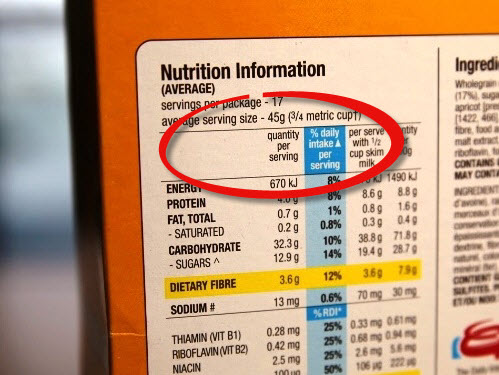
Reading food labels australia
2022 How To Read Nutrition Labels on Your Food Packaging? - RealFit You are likely to find dual-column nutrition labels with foods that are often consumed in more than one serving. Hence, one column would indicate calories and nutrients in one serving, and the second column would indicate calories and nutrients for the whole package. Conclusion Reading food labels - Food Allergy Education How to read food labels that meet the new PEAL law Under the new PEAL law, common food allergens are to be listed with the plain English name alongside the actual ingredient name. This is shown in the label example below. In the statement of ingredients, declarations must: Be in bold font. Have bold font contrasting distinctly with other text. How to understand food labels | Eat For Health The Nutrition Information Panel on a food label offers the simplest and easiest way to choose foods with less saturated fat, salt (sodium), added sugars and kilojoules, and more fibre. It can also be used to decide how large one serve of a food group choice or discretionary food would be and whether it's worth the kilojoules.
Reading food labels australia. Food label reading guide | Nutrition Australia What to look for when reading food and drink labels (per 100g) Health Star Ratings The Health Star Rating is a front of pack labelling scheme which can be used to make healthier food choices at a glance. The rating range is from ½ - 5 stars and the more stars, the healthier the choice. Recommended minimum star ratings for food and drink categories How to read food labels in Australia: Find nasties and real nutritional ... My advice for reading food labels is to look at the 'per 100g' values, as 'per serve' can often be misleading if you're likely to eat more than the suggested serving size. The 'per 100g' column is also the most useful for comparing products to assess their sugar, protein, sodium and fat content. Researchers urge Australia to adopt food labels estimating exercise ... "We know those with higher education [and] higher income are more likely to read and respond to food labels compared to those in more disadvantaged circumstances." In Australia, the Butterfly ... How to read food labels | New Idea Magazine Food Standards Australia and New Zealand [FSANZ] says there should be 12 components to a food label - including dates, ingredients, vitamins, certain allergens, ... Reading food labels helps ensure you are eating the recommended amount of nutrients and fibre. It's easy to be mislead due to labelling tricks as not all brown bread contain ...
How To Read Food and Beverage Labels - National Institute on Aging At the top of the Nutrition Facts label, you will find the total number of servings in the container and the food or beverage's serving size. The serving size on the label is based on the amount of food that people may typically eat at one time and is not a recommendation of how much to eat. Read more about serving and portion sizes. PDF how to understand food labels - Eat For Health Not all labels include fibre. Choose breads and cereals with 3g or more per serve Nutrition Information Servings per package - 16 Serving size - 30g (2/3 cup) Per serve Per 100g Energy 432kJ 1441kJ Protein 2.8g 9.3g Fat Total 0.4g 1.2g Saturated 0.1g 0.3g Carbohydrate Total 18.9g 62.9g Sugars 3.5g 11.8g Fibre 6.4g 21.2g Sodium 65mg 215mg What's on a food label | NSW Food Authority The nutrition information panel (NIP) lists key nutrients so consumers can keep track of what they're eating and serving sizes, and decide between products. Some labels also display % daily intake and nutrition or health claims. For more visit FSANZ. Australia New Zealand Food Standards Code - Standard 1.2.8 - Nutrition information ... Dairy-Free: How to read food labels If you are dairy free, reading labels is a must. It would be easier if by law Australian companies had to have a clear allergen statement- but this is not the case. There is potential for confusion. ... Personal communication: FSANZ (Food Standards Australia New Zealand), Scientist/researcher, May 2019.
Reading Food Labels | GI Foundation In Australia and New Zealand and other parts of the world, the term carbohydrate as listed on the nutrition information panel (NIP) only includes the starches and sugars in the food. It does not include fibre because fibre is not broken down during digestion. Therefore "total carbohydrate" includes the starches, sugars and fibre in the food. Reading food labels to avoid food allergies and intolerances Reading food labels to avoid food allergies and intolerances In Australia all packaged foods must include a food label. Food labelling is governed by Food Standards Australia New Zealand (FSANZ). Nutrition information is found in two places on a food label: the ingredient list and the nutrition information panel. Sample food label Reading food labels & nutrition panel - Diabetes Queensland Reading food labels When choosing packaged food, choose products with: lower energy (kilojoules) if you are trying to lose weight lower total and saturated fat lower sugar lower sodium higher fibre Every food label tells a story and the Nutrition Information Panel simply gives you the facts. Understanding food labels fact sheet - NDSS Understanding how to read food labels can help you choose foods with more fibre and less saturated fat, salt (sodium), added sugars and kilojoules. Food labels will typically include a nutrition information panel, list of ingredients, the 'use by' or 'best before' date and identify potential food allergens and additives. Food labels ...
How to Read Food Labels & Understand Nutrition Info Panel | Better ... So, if you're following that path, counting kilojoules and knowing how to read food labels is a must. Food labels can be tricky. Australian food labels generally have two columns: ... Nutrition Australia recommends no more than 30 per cent of our daily intake should come from fat, which adds up to around 70g per day. ...
Food labels - Better Health Channel Under labelling laws introduced in Australia in 2003, virtually all manufactured foods must carry an NIP. There are exceptions to the labelling requirements, such as: very small packages and foods like herbs, spices, salt, tea and coffee single ingredient foods (such as fresh fruit and vegetables, water and vinegar) food sold at fundraising events
PDF Reading food labels - Nutrition Australia Understanding the information on a food label is essential for making healthy food choices. This fact sheet provides information on what to look for when reading a food label. Reading food labels is important when comparing processed foods. Use the Smart Choices RED food and drink criteria tables to compare a product's nutrition information ...
How to read a food label - Healthy Kids Phone 02 9876 1300 or 1300 724 850 for those outside of Sydney.
Understanding food labels: How to read Australian nutritional panels Under FSANZ rules, these labels must reveal how much of the following is in the product: Energy (in kilojoules or both kilojoules and calories) Protein Fat Saturated fat Carbohydrates Sugars Sodium (salt) These contents must show average amount per 100g (or 100ml for liquids) and per serving. A breakdown of what's on nutrition labels
Labelling poster - how to read food labels - Food Standards This interactive resource explains the food labelling requirements set out in the Food Standards Code and what that information means. Click on the numbers to find out more about food labelling. A useful poster is also available. You can download a copy here (PDF 372KB), or for a printed A2 version please email information@foodstandards.gov.au.
How to Read Nutrition Facts | Food Labels Made Easy - YouTube They do not change on nutrition labels and are not that important. Finally, on some labels you will see the calories per gram for each macronutrient. Fat contains 9 grams per serving and...
HealthWorks! Healthy Living Series: Reading Food Labels - YouTube When reading a food label, start by looking at the serving size, located here on the nutrition facts panel. All nutritional information on the label is based on the serving size given. Pay close...
Nutrition information panels - Food Standards Nutrition information panels (NIP) on food labels provide information on the average quantity of energy in kilojoules or in kilojoules and kilocalories and these nutrients: protein fat saturated fat carbohydrate sugars sodium - a component of salt. A NIP will include information about other nutrients if a claim is made.
How to read a food label - Student Wellbeing Hub How to read a food label. Find concise information for secondary school students about how to read a food label in terms of the fat, sugar and sodium content of a food or drink.
How to understand food labels | Eat For Health The Nutrition Information Panel on a food label offers the simplest and easiest way to choose foods with less saturated fat, salt (sodium), added sugars and kilojoules, and more fibre. It can also be used to decide how large one serve of a food group choice or discretionary food would be and whether it's worth the kilojoules.
Reading food labels - Food Allergy Education How to read food labels that meet the new PEAL law Under the new PEAL law, common food allergens are to be listed with the plain English name alongside the actual ingredient name. This is shown in the label example below. In the statement of ingredients, declarations must: Be in bold font. Have bold font contrasting distinctly with other text.
2022 How To Read Nutrition Labels on Your Food Packaging? - RealFit You are likely to find dual-column nutrition labels with foods that are often consumed in more than one serving. Hence, one column would indicate calories and nutrients in one serving, and the second column would indicate calories and nutrients for the whole package. Conclusion


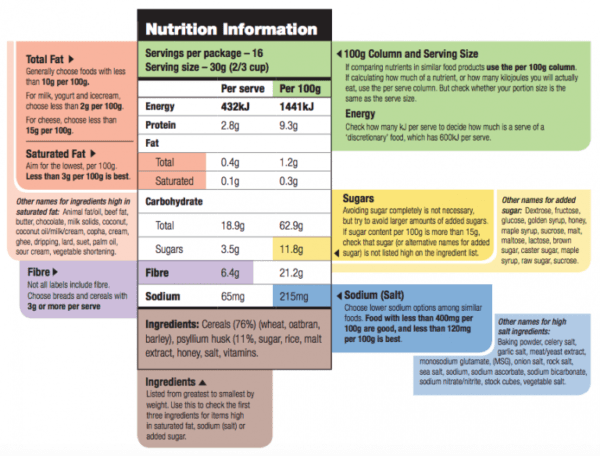




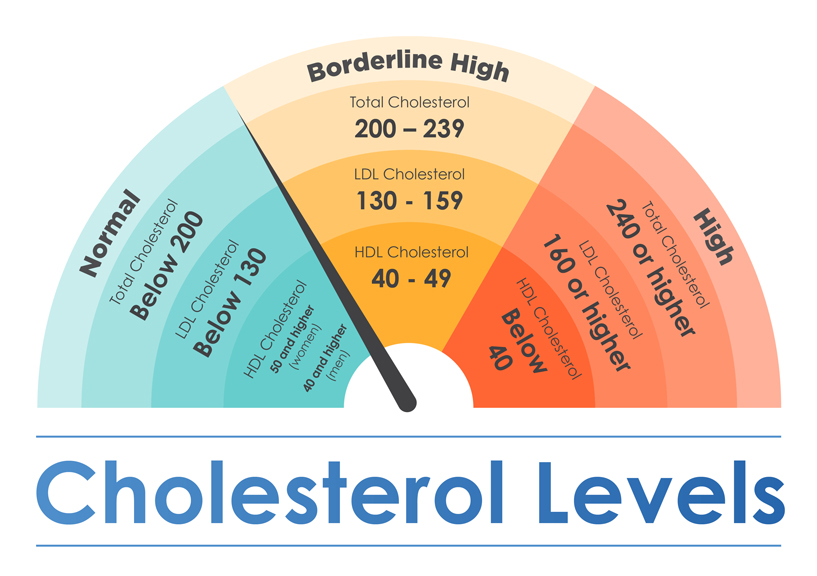


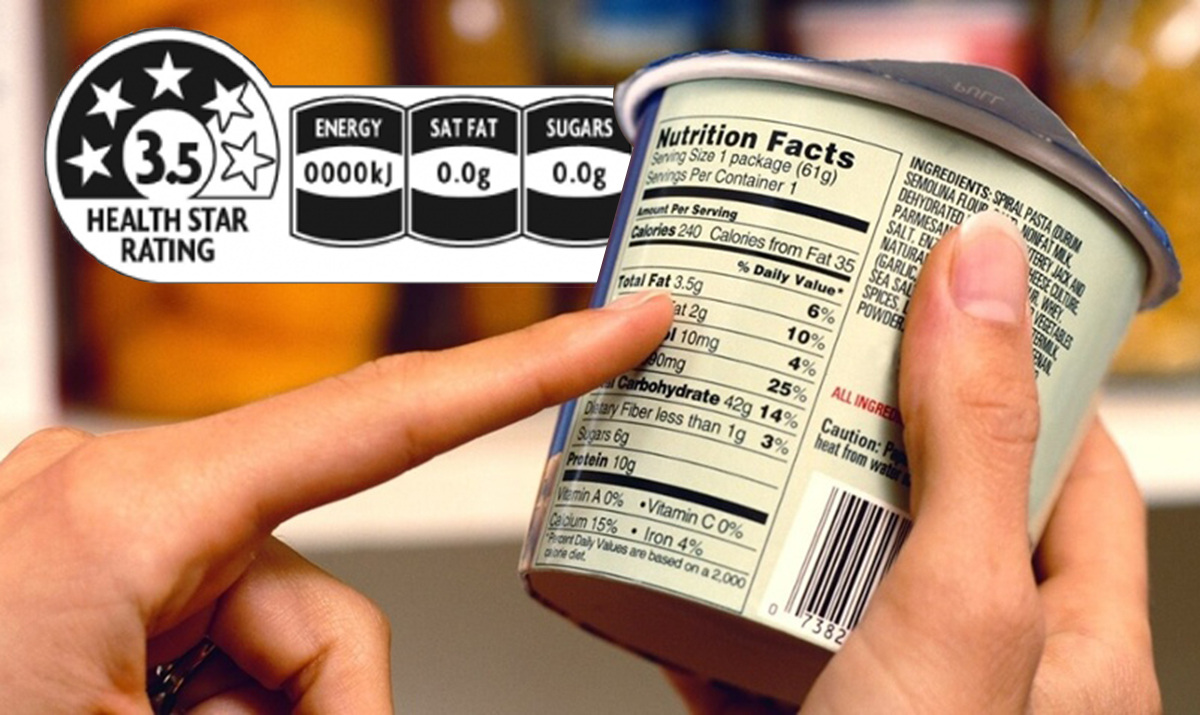

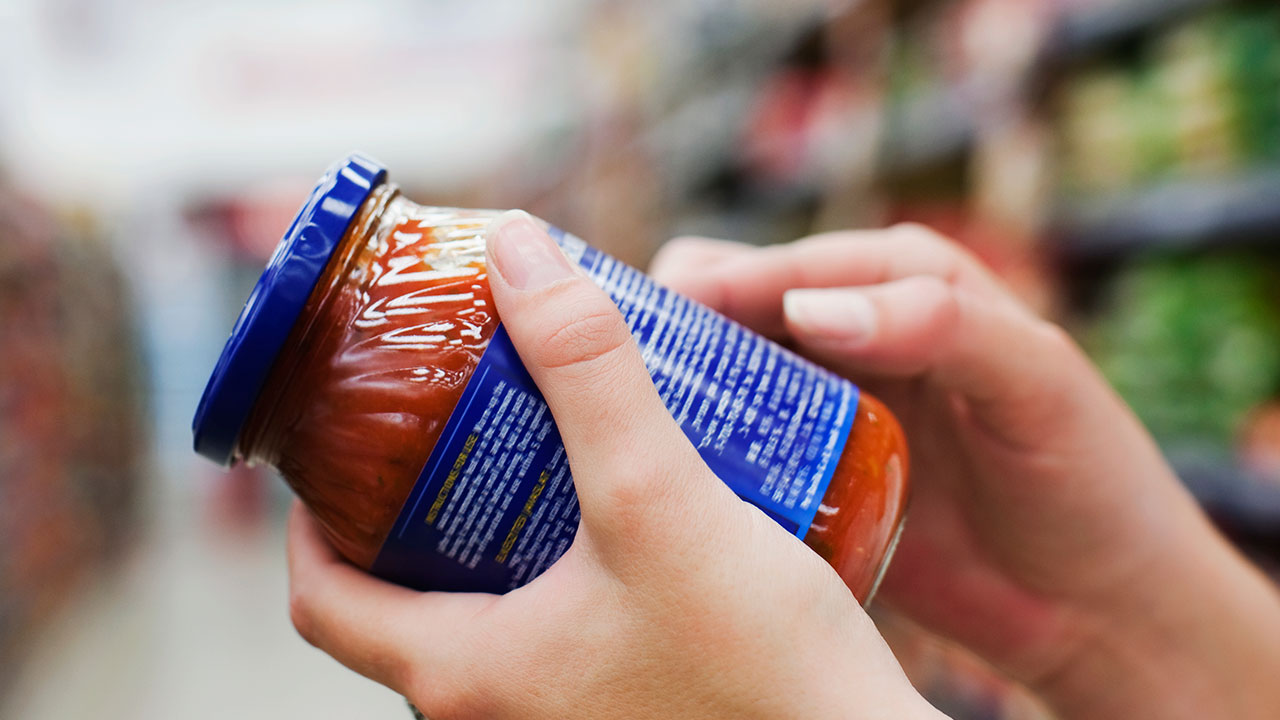
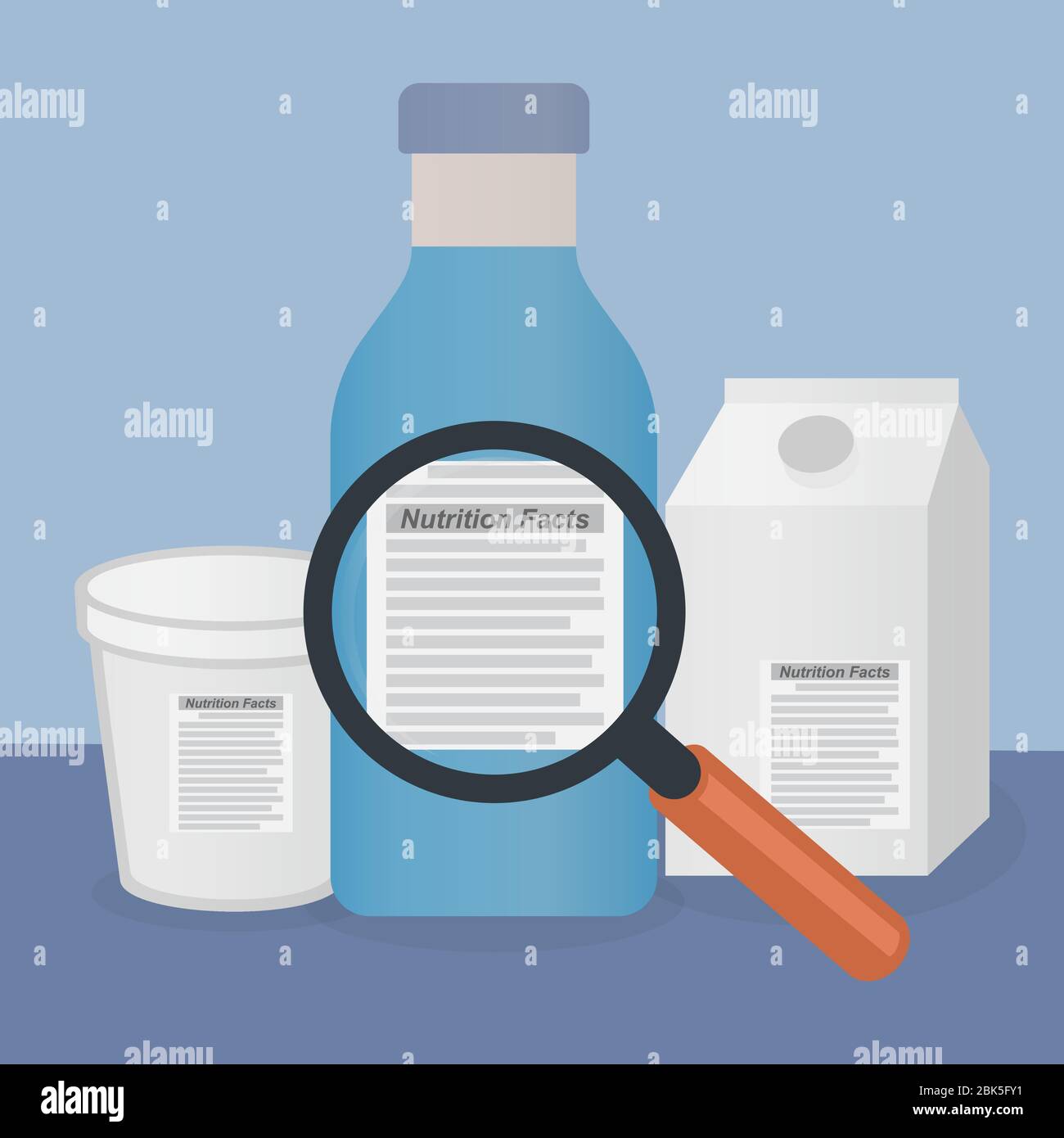



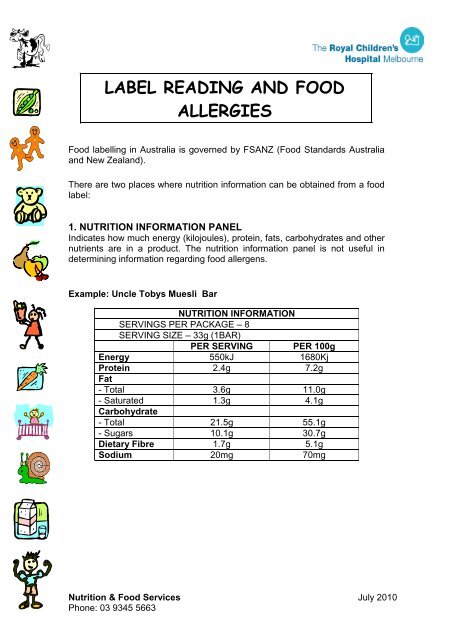



/Food-label-Envision-575f13f25f9b58f22ee9a2dc.jpg)


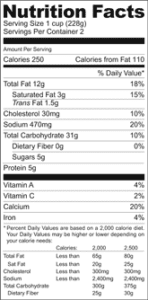





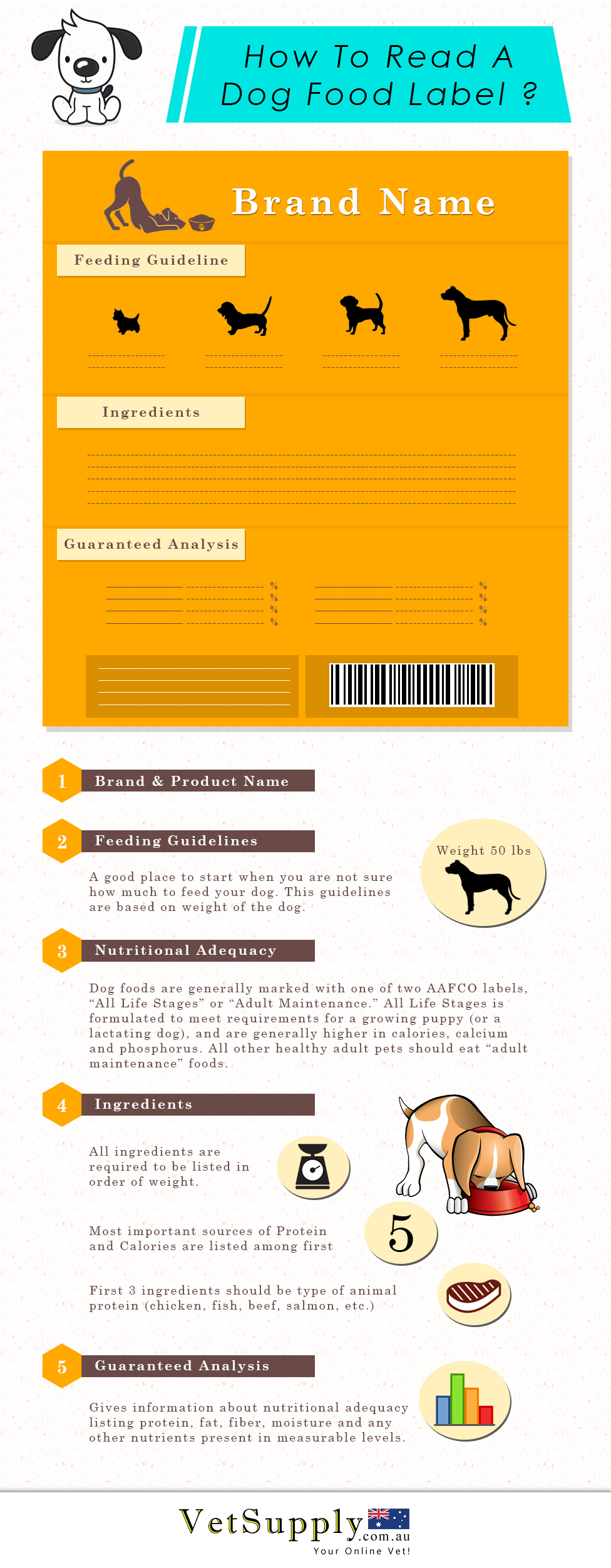

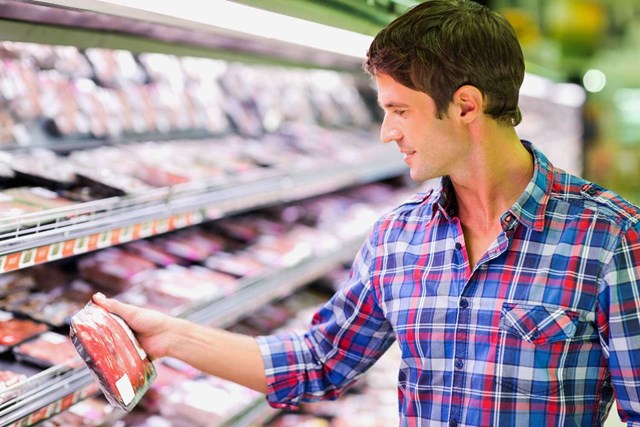


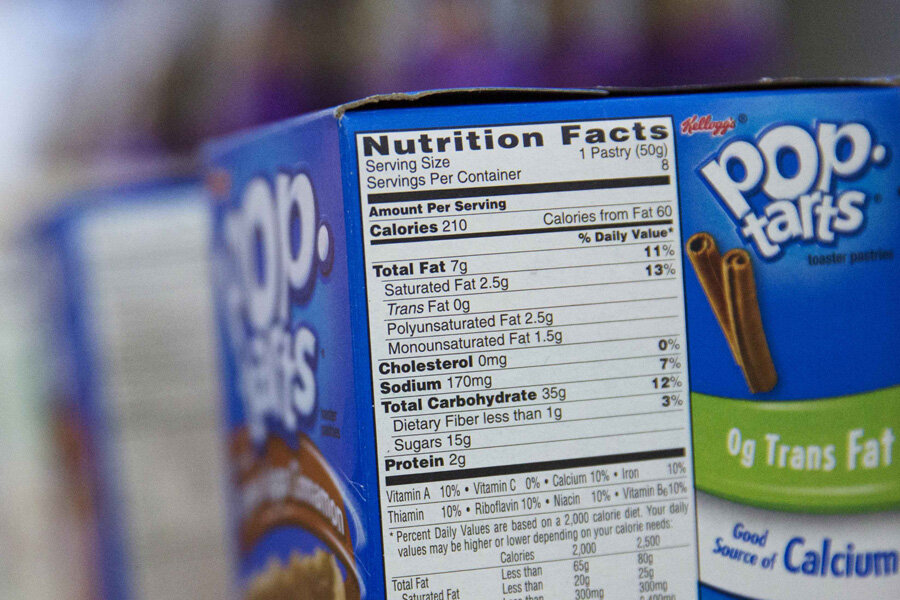


Post a Comment for "44 reading food labels australia"